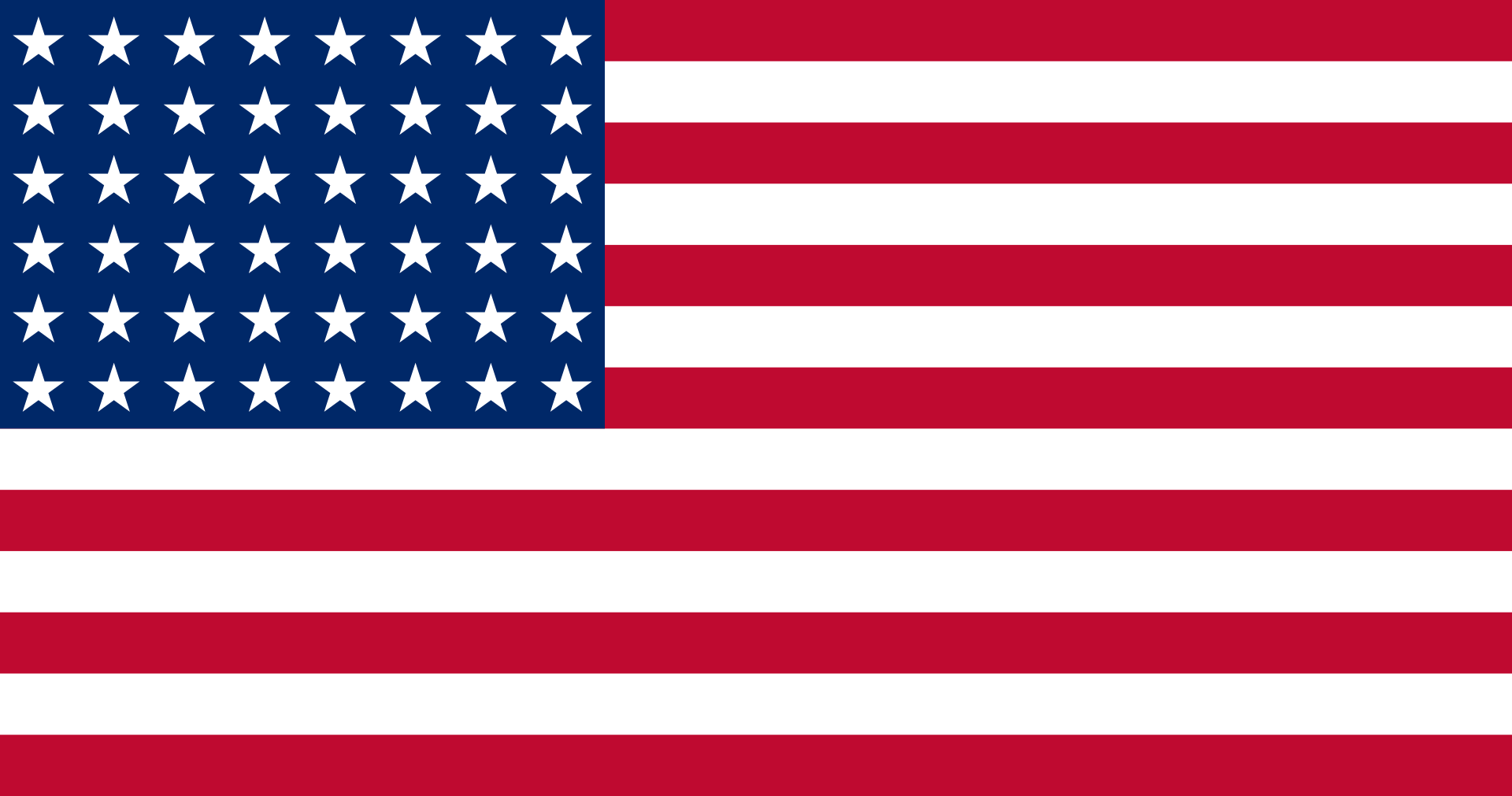Seaboard & Western Airlines
Operator Identification
 September 1946 to October 1980
September 1946 to October 1980
United States of America
TYPE: Non-scheduled airline
IATA/ICAO CODES: --- / SB
HEADQUARTERS: New York, NY
OTHER NAMES: Seaboard & Western Airlines (1946-1961), Seaboard World Airlines (1961-1980)
SUBSEQUENT NAME: Flying Tiger Line (purchased 1 October 1980)

Operator History
Seaboard & Western Airlines was founded by the Norden brothers, Arthur and Raymond - both World War II veterans of the USAAF Air Transport Command - on 11 September 1946 in New York City. Raymond, 28, became President and Arthur, 32, served as Executive VP and Treasurer. Together with some fellow pilots from ATC and $20,000 in cash, they started their project to connect the United States with Western Europe and the Middle East.
The company began operations with a Douglas C?54 purchased from the War Assets Administration on 19 October 1946. On its maiden flight on 10 May 1947, the airline carried horses between Newark, NJ and Italy. Several other DC4s were soon acquired, and started serving the world: Wake Island, Egypt, the DEW Line in Canada, and the North Pole. Seaboard rapidly became a preeminent player on the air cargo market, flying the first all-cargo flight across the Atlantic, supporting the Berlin Airlift, operating the first charters for the Military Air Transport Service (MATS) and taking part in the Pacific Airlift from the onset of the Korean War.
Seaboard also took opportunities to carry passengers throughout its history. The first passenger flight, which carried United Nations staff from Geneva to New York to attend the first General Assembly, took place in September 1947, with flight attendants borrowed from Transocean Air Lines. Most of Seaboard's passenger flying was done for other airlines under wet-lease contracts and for the US government.
From 30 June 1948, a Seaboard DC4 performed the first of 106 transatlantic flights in support of the Berlin Airlift. On 3 July 1950, one week after the North Koreans crossed the 38th Parallel, a Seaboard DC4 took off on the first support flight of the Korean conflict by a commercial carrier. By the time the war ended, Seaboard had made more than 2,500 flights carrying 34,000 US servicemen and 23 million pounds of cargo between the USA and Japan. In an extraordinary UN-sponsored series of exodus flights in 1949 and 1950, to bring near-starving Yemenite refugees to the newly-founded state of Israel, Seaboard modified its DC4s with custom wooden benches that could accommodate an astounding 219 passengers with 12-abreats sitting!
Seaboard’s DC4s initiated service for Luxembourg Airlines in 1951, Aerlinte Eireann - the Irish national carrier - in 1953, and provided major DEW Line support for the Department of Defense during 1955 and 1956. The last DC4s were retired in 1960. During that period, Commandos and a DC3 were purchased and mainly operated in Europe as feeder aircraft connecting Seaboard’s main European destinations with smaller, outlying cities.
From December 1951, the company made its second major aircraft purchase by ordering four brand-new Lockheed L1049D Super Constellations - the cargo variant of the type, with a payload double that of the DC4. Connie deliveries began in 1954, and six additonal units were purchased in 1955. On 17 June 1955, after 8 years of efforts involving 70 full days of oral testimony, and over the fierce objections of Pan Am and TWA, Seaboard & Western Airlines was awarded an operating certificate to become America’s third transatlantic flag carrier.
In 1960, following financial troubles, the Norden brothers lost control over Seaboard. Richard M. Jackson, the new Chairman and President, reorganized and refinanced the company, suspended all DC4 operations, and moved ahead with the planned introduction of the Canadair CL44. Within a year, the company had begun its return to profitability. On 4 April 1961 the company’s name changed to Seaboard World Airlines. Operations continued for many airlines: Luxembourg Airlines, British Overseas Airways Corporation (BOAC), Irish Airlines, Eastern Air Lines, and Sabena Belgian World Airlines were among the early passenger agreements. A Trans Caribbean Airways operation between New York, San Juan and Aruba during 1964 and 1965 initiated wet-lease passenger service using jet aircraft. Cargo services were flown for Lufthansa, Swissair, BOAC, Air Canada, Japan Airlines, Trans Mediterranean Airways, VIASA, Emory Air Freight, Saudia, El Al and UPS.
In August 1961, the first of six brand new Canadair CL44D "Swing-Tails" was placed in service. This unique airplane, whose design Seaboard engineers had a hand in, was the first modern airliner designed solely to carry freight. This turboprop aircraft boasted a payload of 65,000 pounds and could handle a single piece of freight 85 feet long. By 1962, all Connies were gone, and Seaboard became an all-turbine airline, operating across both oceans from London to Saigon. The airline's profitability allowed it to build a new Cargo Terminal and Operations Center (Building 260) in JFK.
In June 1964, Seaboard inaugurated jet service with a Douglas DC8-55 freighter. Twelve units of the longer DC8-63CFs were delivered from June 1968. Either in full-cargo or in a 259-passenger all-coach configuration, they were used to carry troops and military freight to Vietnam as part of the Civil Reserve Air Fleet (CRAF) program.
In early 1967, Seaboard was listed on the New York Stock Exchange.
In August 1974, Seaboard’s first 747 freighter entered service. By 1979, Seaboard was operating five 747Fs of its own, leased others seasonally, and had two more on order. The 747s climaxed Seaboard’s long-established history of operating the biggest and best airplanes available. On 1 October 1980 Seaboard World Airlines was absorbed by the Flying Tiger Line.
Commando Operations
August 1956* to December 1970*
Seaboard operated its Commandos in cargo configuration and used them in Europe as feeders for its transatlantic routes. It never operated more than two Commandos at a single time.
Commandos Operated
- Curtiss R5C-1 Commando: N10427
Last edited: 15/08/2020
